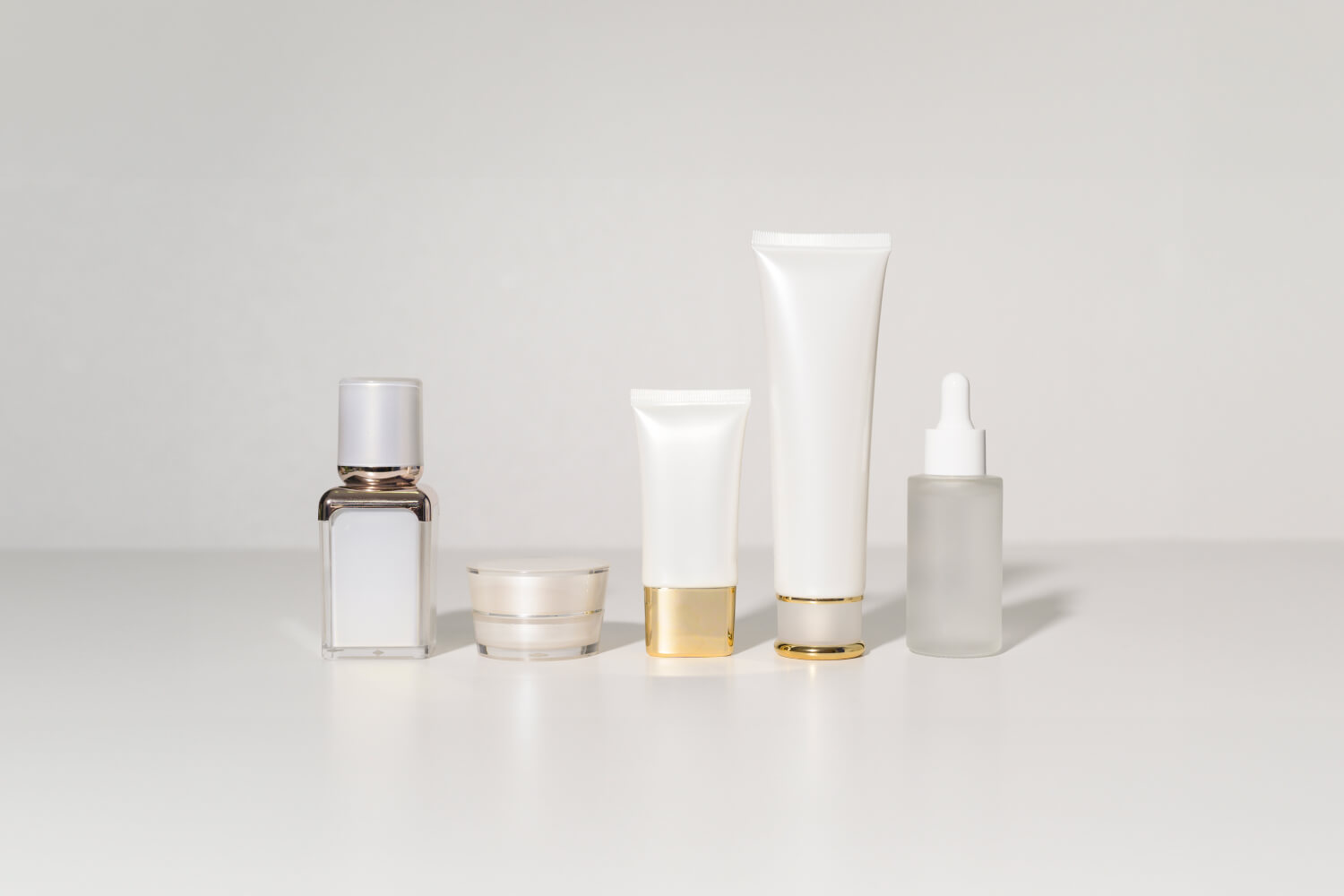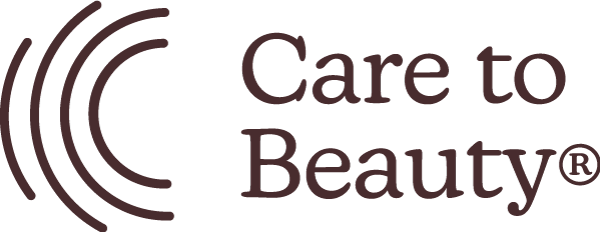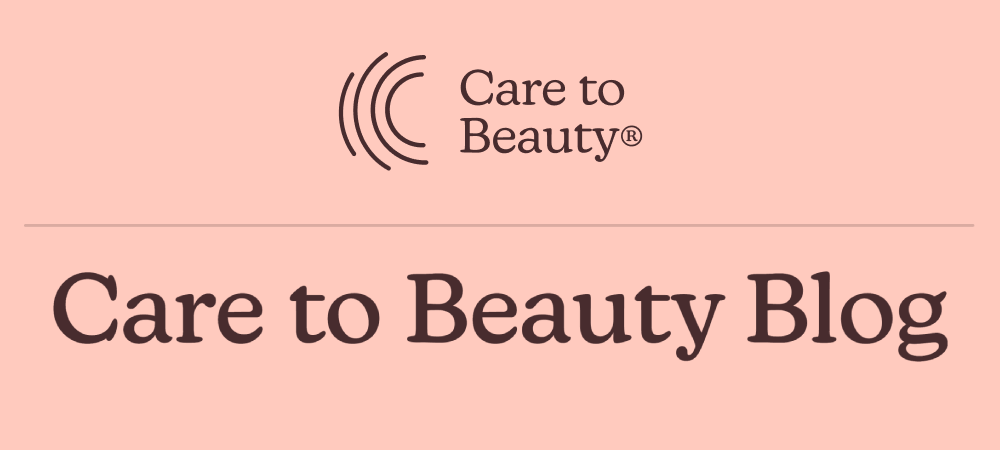
Tired of spending hours and hours trying to understand what kind of ingredients you should avoid in your skin care–and how to identify those ingredients in your favorite skincare products? There are thousands of articles and videos out there claiming you should avoid certain ingredients, but how true are those claims? Are there any ingredients you should actually avoid? What does it mean when a product is “fragrance-free” or “free from parabens”? Today, we’re going to learn more about these infamous ingredients and learn how to interpret the “free from” claims in your cosmetics.
What are “free form” claims?
“Free from” claims are, essentially, small sentences informing you that a cosmetic product doesn’t contain a specific ingredient. The claim can be as broad as “no nasties” (we hate this one) or as specific as “free from alcohol”. Used correctly, “free from” claims could actually be informative, right? Unfortunately, that is usually not the case.
What are the advantages of “free from” claims?
If you’re allergic to certain ingredients, “free from” claims in cosmetics can be a great way to help you avoid them. Having the product immediately warn you that you shouldn’t use it if you are allergic to one of the ingredients in its composition is great.
Additionally, there are certain people that, although not allergic to something, just don’t get along with certain ingredients. It’s possible that ingredient A makes your skin break out, while ingredient B makes your skin all red and uncomfortable. The good news is that even without “free from” claims, you can still check the ingredients list to make sure you don’t buy anything your skin doesn’t like.
What is the problem with “free from” claims in cosmetics?
What do you think when you see a product stating that it doesn’t contain a certain ingredient? You’ll probably start to wonder why they’re telling you that their product doesn’t contain it. Is it dangerous? Should you be avoiding it altogether? Maybe you should check the products you have at home to see if any of them have this ingredient. Maybe it’s time to “detox” your cabinet and buy new products that are safer.
“Free from” information can be dangerous and misleading when presented without context. It serves a purpose, but that purpose is not necessarily to keep you safe–it’s to sell more products through a fearmongering strategy (basically selling through fear) that makes this product look and feel “safer” than other products on the market. As a consumer, it’s easy to get carried away by this marketing ploy: if product A is formulated “without nasties” and product B doesn’t feature any information about the ingredients it doesn’t contain, you might as well buy product A, which is bound to be safer. Right? Not quite.
No two ingredients are alike, and the same can be said of “free from” claims. To help you understand what they all mean, we’ll explain some of the most common “free from” claims below.
Common “free from” claims in cosmetics
There is a wide variety of “free from” claims out there. The vaguest ones go for something like “no nasties”, which has been reworked by some brands into “no controversial ingredients”. Others like to name the ingredients, and sometimes make a list of up to 10 of them. (Some of those lists even include ingredients that are not used in cosmetic formulas, just for the sake of inducing fear.) Let’s take a look at some “free from” claims that related to ingredients you can commonly find in cosmetic products:
“Paraben-free”: Parabens
Parabens are the ingredients that started all of this. Poor old parabens. Let’s give you some context here. Parabens are used as preservatives–that means they are added to a formula to prevent bacteria and mold growth. We don’t like bacteria and mold in our cosmetics–not only do they ruin our cosmetics, they also can cause some pretty mean skin diseases.
But if parabens then have a useful function, how do they get such a bad reputation that so many products boast of being “paraben-free”? There are several reasons for this. The first is that the parabens that are still in use today had, at one point, some problematic cousins that were found to cause quite a lot of allergies. The second reason, which is more difficult to deconstruct, is related to a poorly designed study that discovered that there were paraben molecules in breast tumors. Alarming as this result may be, what the scientists involved neglected to mention that the study was funded by people who had money to make from paraben competitors. Between allergies and this study, parabens acquired a really bad reputation and people started wanting to avoid them altogether–even though the ones that are still used today are perfectly safe.
“Silicone-free”: Silicones
The problem with silicones is a different one. Silicones are used in cosmetic formulas to smooth surfaces. Their purpose in life is to exist and coat surfaces, making them sleek and smooth.
You’ll find silicones not only in skincare products, but also in hair care products, and it’s in this latter group that they tend to be particularly controversial. In recent years, hair care enthusiasts in the curly and coily hair communities have started to criticize silicones, with claims as varied as “you’re adding something to your hair that only masks your hair concerns rather than solving them” or “silicones build up on the hair fiber and that is terrible for you”.
In fact, silicones can be used to protect the hair fiber by coating it, so their use in hair care is not necessarily bad. Of course, a material that coats the hair fiber can build up, but this can be quickly reversed by a good hair wash with a clarifying shampoo. If you like the way your hair feels when using silicone-based products, you don’t have to ditch them out of fear of potential build-up.
If there’s one issue worth worrying about when it comes to silicones, it’s their impact on the environment. Indeed, silicones can be terrible for the environment, and lawmakers are already considering banning specific silicones for this reason.
“Fragrance-free”, “no added fragrance”: Fragrances
Fragrance is polarizing. We either love fragrance and cannot live without it, or we believe it’s pure evil. Some people will not come close to an unscented product, as they feel it’s totally joyless and unworthy. Others, mainly people with sensitive skin, tend to simply avoid products with added fragrance. Everyone, since the use of products with fragrance ends up being a matter of preference.
It’s important to recognize that ingredients used to add fragrance to a cosmetic product have a long history of inducing allergies. However, this doesn’t make all fragrance bad; it just means people who are allergic to added fragrances need to avoid them. Basically, fragrance is just another ingredient among many: if your skin doesn’t get along with it, just avoid it. If, on the other hand, your skin (and your nose) loves a powerful scent, just do what makes you happy and use all the scented products you want. Fragrance is not inherently dangerous, and there’s no reason to avoid it if you’re not allergic.
“Alcohol-free”: Alcohol
Alcohol denat is used as a solvent in cosmetics. That means it helps dissolve ingredients that otherwise would not mix with the rest of the formula. The problem? Some people have particularly sensitive skin that reacts to the presence of alcohol. Once again, the fact that some people have an issue with an ingredient doesn’t mean everyone should avoid it. This is especially true when we talk about alcohol, which quickly evaporates after you’ve applied your cosmetic!
Oh, and one more thing: make sure to not confuse alcohol denat (which is what “alcohol-free” claims refer to) with other alcohols you may find in a product’s ingredients list: some of those are actually hydrating ingredients!
Why you won’t see “free from” claims in European cosmetics
Products sold in the EU are prohibited from stating on their packaging that they are free from certain ingredients. This has been stated on a document called “Technical document on cosmetic claims Agreed by the Sub-Working Group on Claims (version of 3 July 2017)”, which is enforced by responsible entities in all EU countries.
But why, you may be wondering, did the European Union decide to ban “free from” claims? Specifically, the document states that “free from” claims cannot be used whenever they imply a denigrating message towards a specific ingredient or product that contains it: think of “no nasties” claims, for example, which are literally devaluing an entire class of unnamed ingredients!
The European Union’s rationale is that “free from” claims in cosmetics are not a matter of safety, because the use of truly unsafe ingredients is already strictly regulated. Every ingredient that science says should be limited or prohibited? Already is. And as for those which may still be found to be unsafe? Well. As soon as new (well-researched) science discovers that there’s an issue with a certain ingredient, the EU will review it and choose to either ban or limit the use of that ingredient. There is no need for some company CEO to decide which ingredients are safer for your skin–scientists are already doing that every day.
Now that you know more about “free from” claims and their issues, you may be wondering: but what should you do if you need to avoid a certain ingredient you’re allergic to? It’s simple! Use online scanning tools to check for the presence of your allergen in the ingredients lists of the products you’re thinking of buying, and you’ll be good to go. The info you need is on the ingredients list–don’t let yourself be bullied by companies whose only marketing strategy is to scare you into buying their product.
And to avoid any problems with cosmetics, make sure to always patch-test each new product by itself.
Pharmacy Technician & Beauty Writer


